About the Authors
NATALIE MCNAIR-HUFF has long been interested in the history of Washington state. She grew up in southwest Washington in Longview, where she was one of the many local residents living under the threat of flooding and more following the eruption of Mount St. Helens in 1980.
ROB MCNAIR-HUFF has also been a long-time history buff interested in Washington states past. He grew up in Longview and then in Rochester, Washington, where he watched Mount St. Helens erupt from a distance.
WASHINGTON DISASTERS
An imprint of Rowman & Littlefield
Distributed by NATIONAL BOOK NETWORK
Copyright 2016 by Rowman & Littlefield
All rights reserved. No part of this book may be reproduced in any form or by any electronic or mechanical means, including information storage and retrieval systems, without written permission from the publisher, except by a reviewer who may quote passages in a review.
British Library Cataloguing in Publication Information Available
Library of Congress Cataloging-in-Publication Data Available
ISBN 978-1-4930-1322-7 (paperback)
ISBN 978-1-4930-1323-4 (e-book)
 The paper used in this publication meets the minimum requirements of American National Standard for Information SciencesPermanence of Paper for Printed Library Materials, ANSI/NISO Z39.48-1992.
The paper used in this publication meets the minimum requirements of American National Standard for Information SciencesPermanence of Paper for Printed Library Materials, ANSI/NISO Z39.48-1992.
Introduction
As a state that has been shaken by epic earthquakes, swept by lava and ice, and gradually settled as one of the last bastions of the Wild West, Washingtons history is full of tales of disaster and narrow escape.
Washington is a state shaped by disaster. Floods of magma formed the Columbia River basin in eastern Washington, and near the end of the last Ice Age, glacial floods swept across that same river basin and created the scenic Columbia River Gorge. These two powerful natural events rank among the largest in world history. Even the subduction zone earthquake that struck off the Washington coast in 1700the first story in this bookranks as one of the most powerful earthquakes in history.
Washington Disasters takes a look at twenty-two notable disasters in the short history of the state. Beginning with the Native American mythology about the 1700 subduction zone earthquake and tsunami, this book profiles a wide range of notable disasters. Some are world famous, such as the 1980 eruption of Mount St. Helens and the 1940 collapse of the Tacoma Narrows Bridge, but many are long forgotten, such as the shipwreck of the Pacific near Cape Flattery on the northwest coast in 1875, which killed nearly 300 people.
The state also has been plagued by many of the same kinds of disasters that hit other parts of the countryfires, floods, windstorms, and earthquakes. In many of these incidents, the number of people injured or killed was amazingly low. For instance, no one is known to have died in the Great Seattle Fire of 1889, even though many narrowly escaped and lost all of their possessions, as the inferno raged through the rugged business district in what was then the second-largest town in Washington Territory.
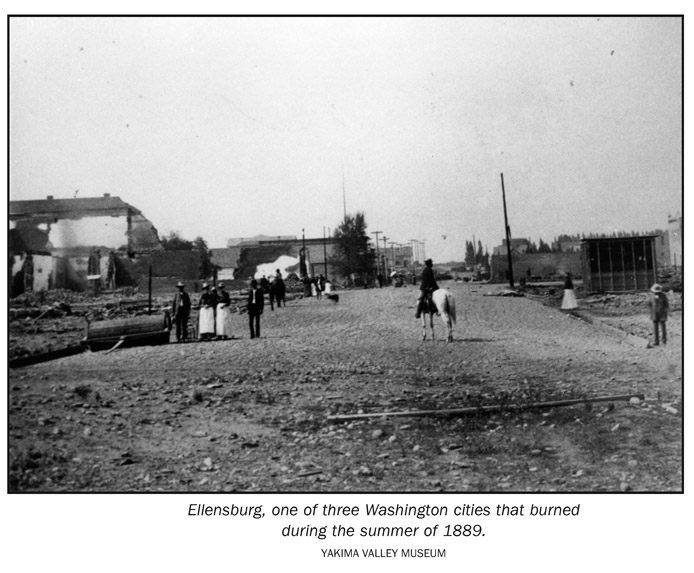
In many cases the loss of life was minimized by a stroke of luck and good timing. Fifty-seven people died on a Sunday morning in 1980 under the onslaught of the eruption of Mount St. Helens, but the loss of life would have been much greater had the mountain erupted on a Monday, when more than a thousand loggers and foresters would have been in the area that was devastated by the eruptions lateral blast. And if the eruption had hit one day earlier, hundreds of homeowners, allowed to return to their properties close to the volcano to retrieve belongings, would have been in harms way.

But there were disasters where timing and bad luck led to even greater loss of life. On a Fourth of July morning in 1900, in Tacoma an overloaded trolley car suffered a catastrophic brake failure and jumped the tracks, sending it hurtling off a trestle and into a ravine, killing forty-two. And in one of the worst rail disasters in U.S. history, ninety-six people died in the 1910 Wellington avalanche near Stevens Pass, when a train was trapped for days by heavy snow that blocked the tracks, leaving the passengers and crew unable to move from underneath the shadow of steep mountains. When an avalanche predictably broke loose on March 1, it sent the entire train and its passengers tumbling down the mountainside. This incident caused the greatest loss of life for any natural disaster in Washingtons history since settlers arrived.
As you read through this chronologically organized book, you will likely note the progression and grouping of similar disasters that track the maturity of Washingtons changing society and economy, from the summer of burning cities in 1889, when Seattle, Ellensburg, and Spokane burned to the ground within a two-month period, to the era of shipwrecks, when in two notable incidents that took place between 1904 and 1906, more than ninety people died in the wrecks of the SS Clallam and the SS Dix. As the era of marine travel transitioned into the time of air travel, the disasters shifted to the skies with the navy plane collision over Seattle in 1937 and the crash of a plane loaded with forty-six marines into Mount Rainier in 1946.
A number of these disasters also serve as markers in the collective history of long-time Washingtonians. Anyone who is old enough to remember recalls the howling winds of the Columbus Day storm in 1962 because the storm affected such a wide swath of the state. And for a younger audience, many remember exactly where they were and what they were doing when they heard about or witnessed the eruption of Mount St. Helens.
Why write about disasters, especially in the wake of one of the worst disasters in American historyHurricane Katrina and the flooding of New Orleans? Why focus on the sometimes awful, terrible events of our lives and histories? Quite simply because these events define us as a people and as individuals. It is these events that open our hearts to each other. And, sad and horrible as these events may be, they open our hearts to the hope that no matter what happens, we can and do lift ourselves up with the help of our neighbors and loved ones. In the midst of anguish, we become either our worst or best selves.
CHAPTER 1
WHEN THUNDERBIRD BATTLED WHALE The Great Cascadia
Subduction Zone
Earthquake 1700
It took nearly 300 years to unravel the mystery of one of Washingtons earliest disasters. Native-American legends tell the story. There was a shaking, jumping up and trembling of the earth beneath, and a rolling up of the great waters, notes a 2001 Seattle Post-Intelligencer account of the stories told by the Hoh and Quileute Indians along Washingtons North Coast.
On January 26, 1700, between 9 and 10 P.M., the world turned upside down for tribal villagers from the Makah tribe in the north to the Chinook tribe in the south. Entire forests died in an instant, the ground dropped more than 4 feet in a moment, and giant waves lashed the coast following an earthquake with a Richter magnitude of 9.0 or larger. Imagine the residents of the coastal villages, settling into sleep in their cedar long houses, when, suddenly, violent shaking startles them out of rest. The shaking brought the collapse of long houses and huts. Within minutes after the shaking stopped, a tsunamimuch like the 2004 disaster that struck along the shores of the Indian Ocean, near Indonesia, killing more than 200,000 peoplewould have swept inland with waves between 20 and 90 feet high. Anyone unable to reach high ground before the waves struck would have been battered by the rushing water; many villagers would have been carried out to sea.


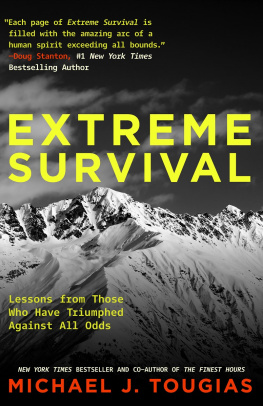
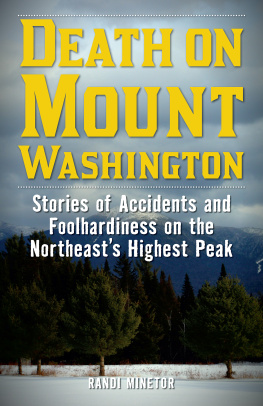
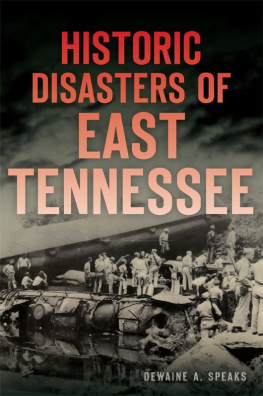
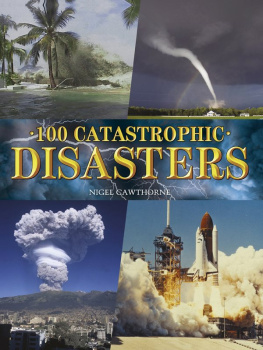

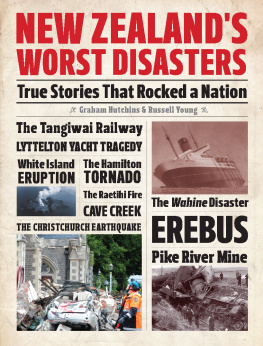
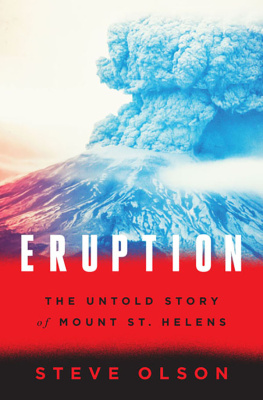


 The paper used in this publication meets the minimum requirements of American National Standard for Information SciencesPermanence of Paper for Printed Library Materials, ANSI/NISO Z39.48-1992.
The paper used in this publication meets the minimum requirements of American National Standard for Information SciencesPermanence of Paper for Printed Library Materials, ANSI/NISO Z39.48-1992.
